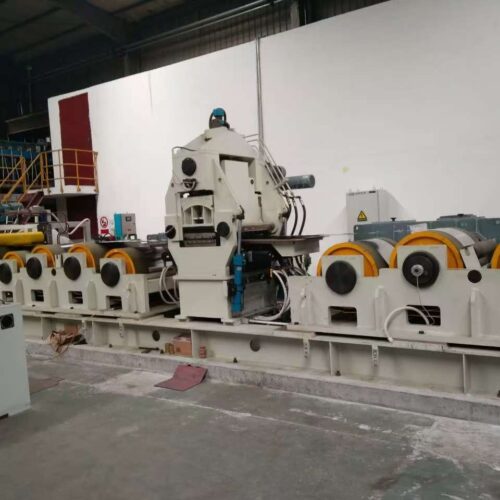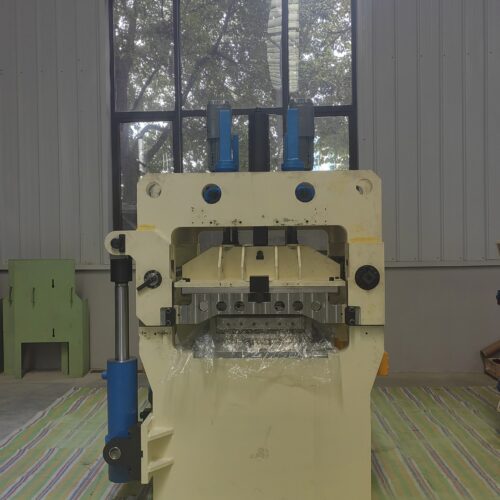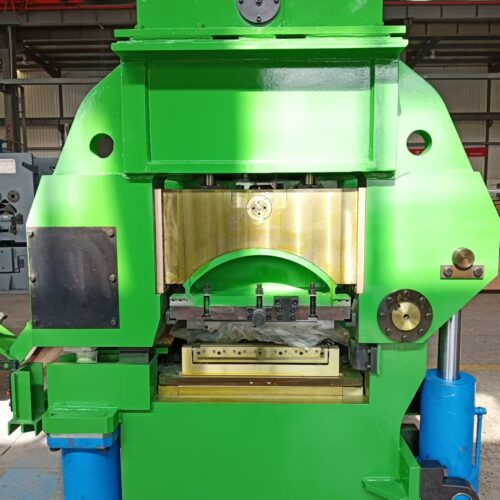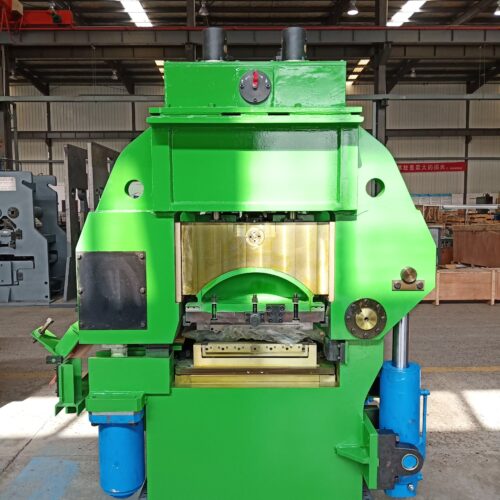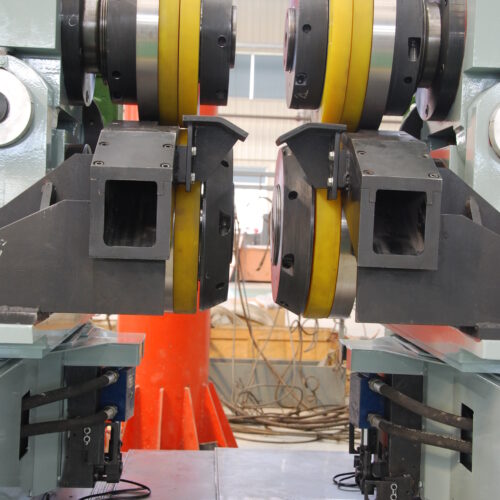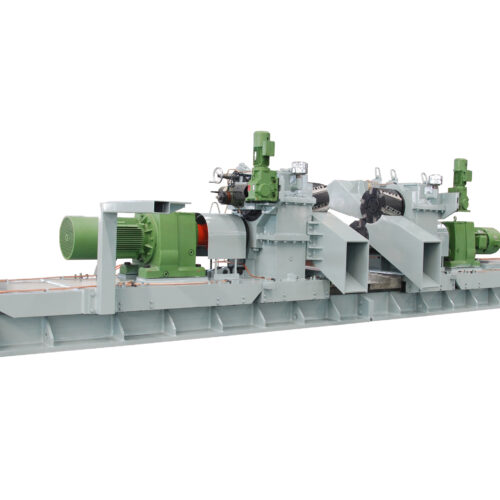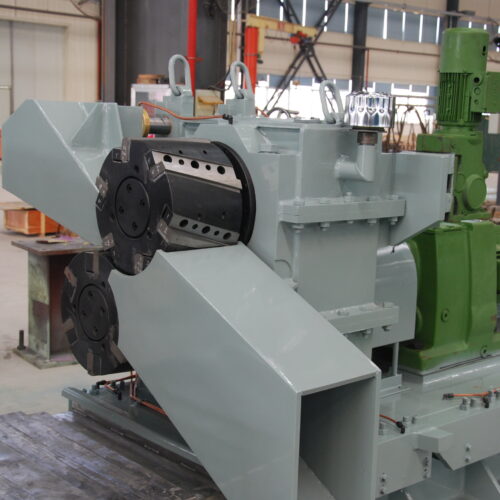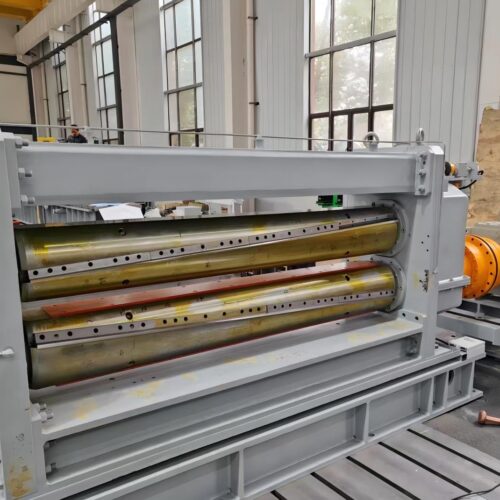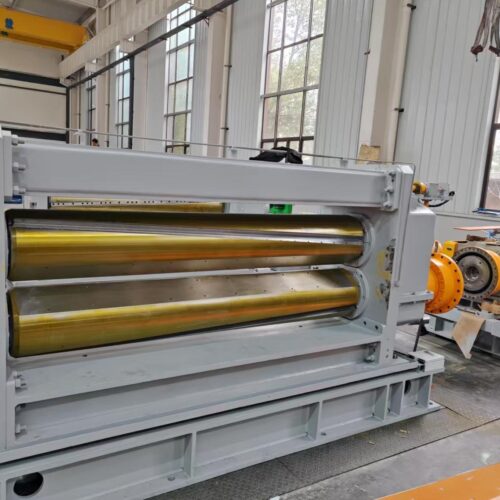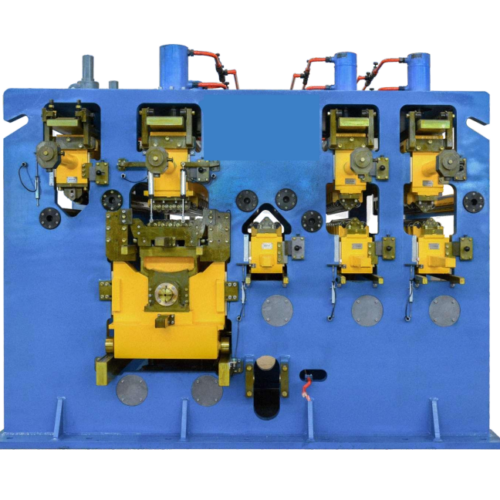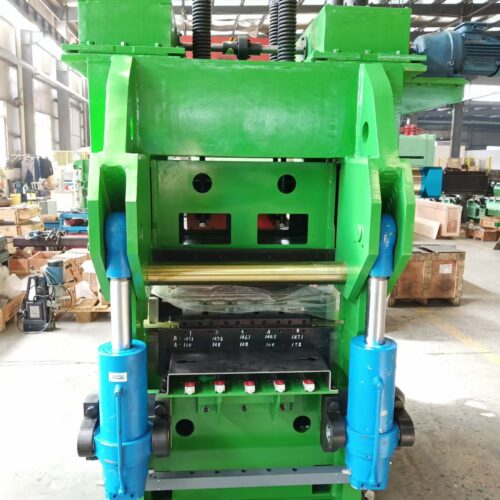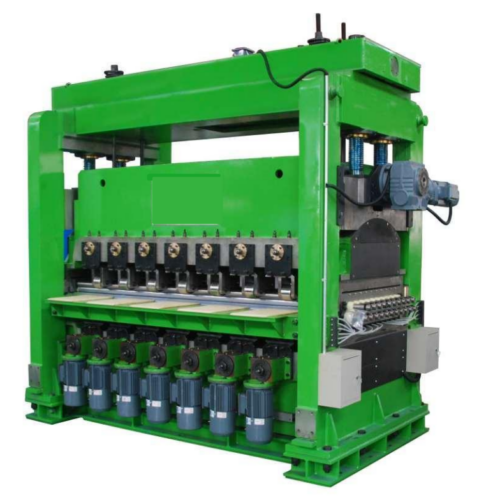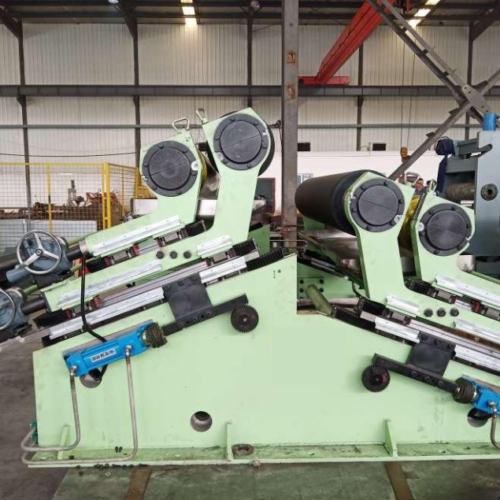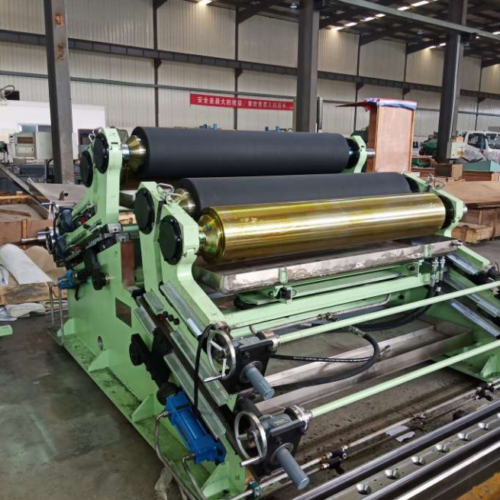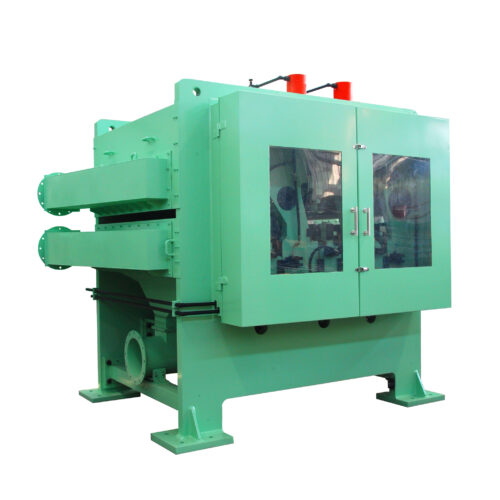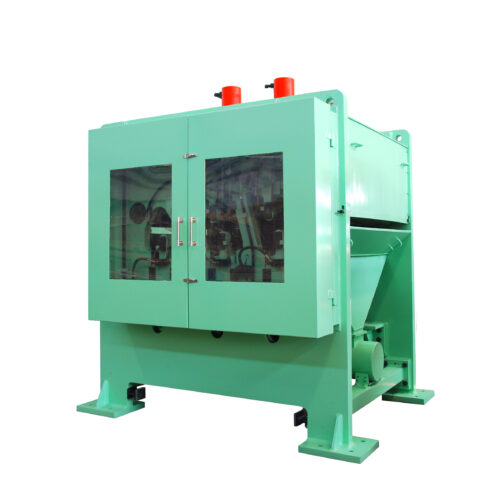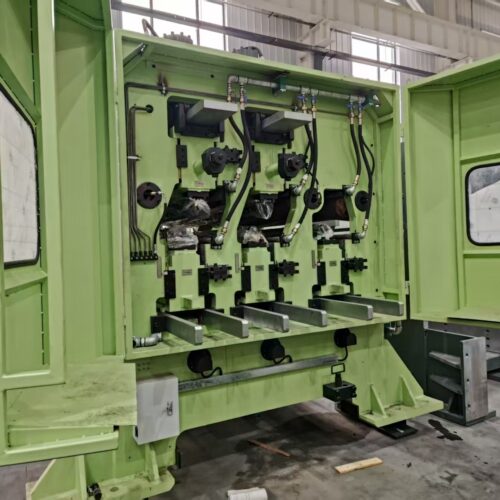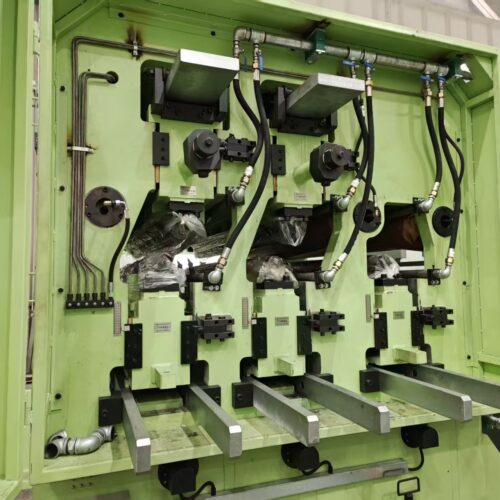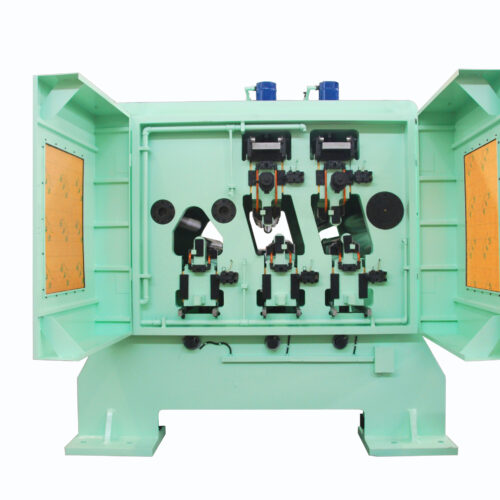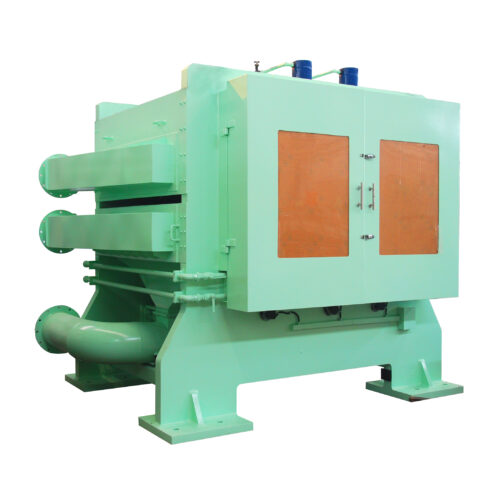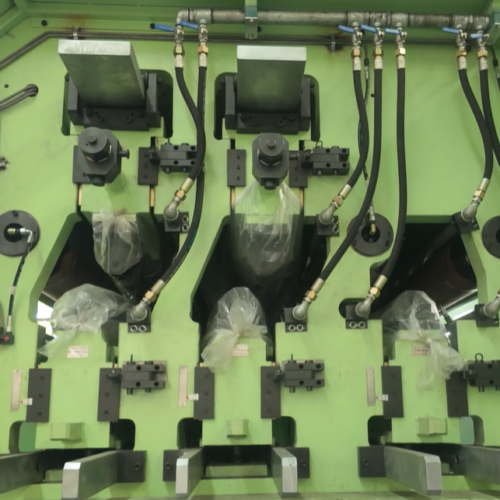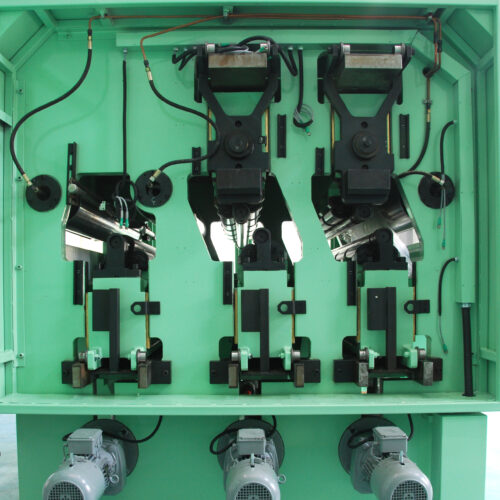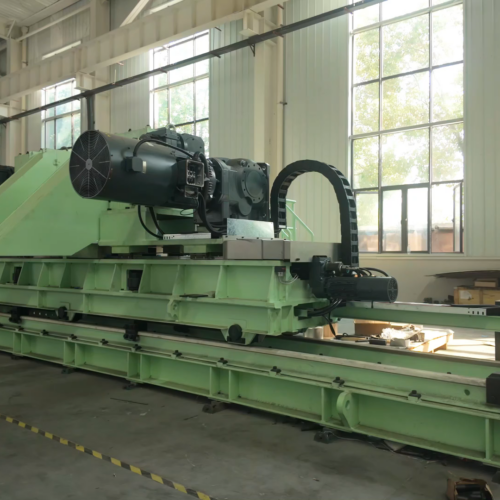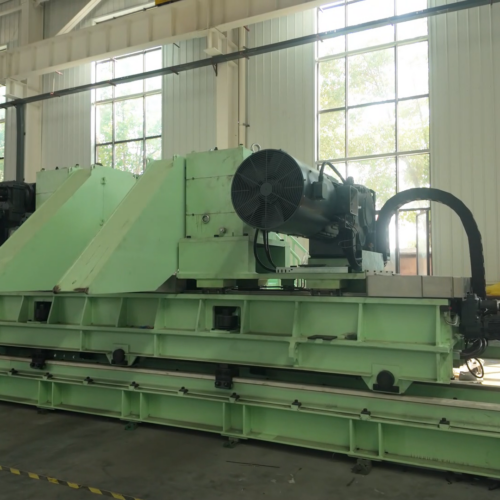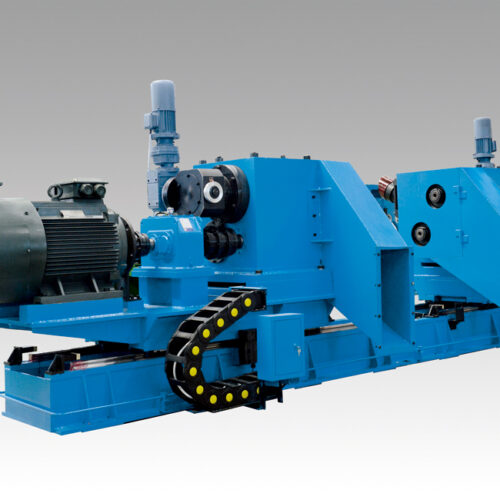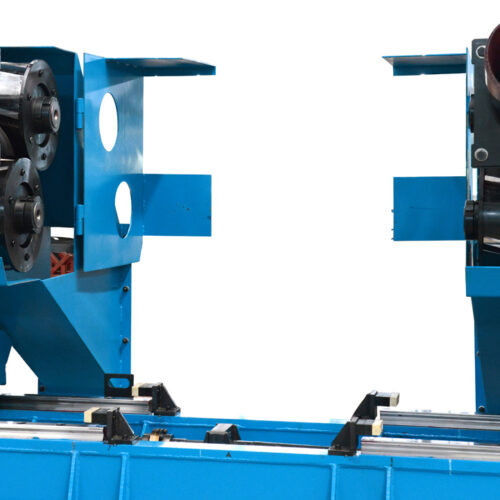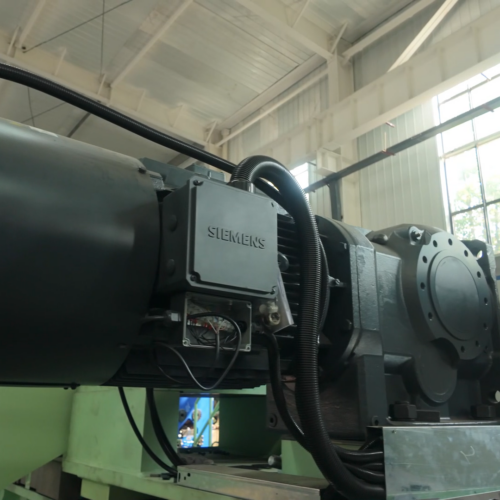Metallurgical equipment encompasses a wide range of machinery and tools essential for the extraction, processing, and refinement of metals.
These products are critical in various industries, including steel manufacturing, mining, automotive, aerospace, and electronics.
Below are the primary categories of metallurgical equipment, each serving a unique function in the metal production and processing lifecycle:
1. Furnaces and Heat Treatment Equipment
Furnaces are fundamental in metallurgical processes, providing the necessary heat for melting, alloying, and heat treatment of metals. This category includes:
- Electric Arc Furnaces (EAF): Utilized primarily in steelmaking, EAFs melt scrap steel using electrical energy.
- Induction Furnaces: Employ electromagnetic induction to heat and melt metals, offering precise temperature control.
- Blast Furnaces: Essential for extracting iron from its ore, using a combination of coke and limestone.
- Heat Treatment Ovens: Used for processes like annealing, quenching, and tempering to alter the physical and mechanical properties of metals.
2. Casting and Molding Equipment
Casting involves pouring molten metal into molds to achieve desired shapes. Key equipment includes:
- Continuous Casting Machines: Streamline the production of metal billets, blooms, and slabs by continuously solidifying molten metal.
- Investment Casting Systems: Provide high-precision casting for complex and intricate components.
- Die Casting Machines: Apply high pressure to force molten metal into molds, ideal for mass production of small to medium-sized parts.
- Sand Casting Equipment: Utilize sand molds for producing large and complex metal parts, commonly used in heavy industries.
3. Rolling and Forming Mills
Rolling mills shape metal by passing it through rollers, adjusting thickness, and improving mechanical properties. This category includes:
- Hot Rolling Mills: Process metals at high temperatures, making them more malleable for further shaping.
- Cold Rolling Mills: Operate at ambient temperatures to achieve tighter tolerances and superior surface finishes.
- Ring Rolling Machines: Specialized for producing seamless rings and hollow sections with uniform properties.
- Plate Mills: Designed to produce flat metal plates of various thicknesses and widths.
4. Smelting and Refining Equipment
Smelting and refining are crucial for purifying metals and removing impurities. Equipment in this category includes:
- Smelting Furnaces: Facilitate the chemical reduction of metal ores to extract pure metals.
- Electrolytic Refining Systems: Use electrical currents to achieve high-purity metal products, essential in industries like electronics and jewelry.
- Vacuum Refiners: Remove dissolved gases and impurities from molten metal under vacuum conditions, enhancing quality and performance.
- Continuous Casting Refiners: Integrate refining processes with casting to improve efficiency and product quality.
5. Material Handling and Processing Equipment
Efficient material handling is vital for smooth metallurgical operations. This category encompasses:
- Conveyors and Hoists: Transport raw materials and finished products between different stages of production.
- Crushers and Grinders: Reduce the size of raw ores and recycled materials for easier processing.
- Magnetic Separators: Extract ferrous materials from non-ferrous ones, enhancing material purity.
- Granulators: Break down metal scrap into smaller, manageable pieces for recycling and reuse.
6. Automation and Control Systems
Modern metallurgical plants rely on advanced automation and control systems to optimize operations. Key components include:
- Programmable Logic Controllers (PLCs): Manage and automate machinery processes, ensuring precision and consistency.
- SCADA Systems (Supervisory Control and Data Acquisition): Provide real-time monitoring and control of entire production facilities.
- Robotic Handling Systems: Enhance efficiency and safety by automating repetitive and hazardous tasks.
- Sensors and Instrumentation: Monitor critical parameters like temperature, pressure, and flow rates to maintain optimal processing conditions.
7. Safety and Environmental Equipment
Ensuring safety and minimizing environmental impact are paramount in metallurgical operations. This category includes:
- Fume Extraction Systems: Remove harmful emissions and particulates from the production environment.
- Personal Protective Equipment (PPE): Protect workers from hazards associated with high temperatures, heavy machinery, and toxic substances.
- Emission Control Devices: Reduce pollutants released into the atmosphere, complying with environmental regulations.
- Waste Treatment Systems: Manage and process industrial waste, promoting sustainable and eco-friendly practices.
8. Laboratory and Testing Equipment
Quality control is essential in metallurgy, supported by specialized laboratory equipment:
- Spectrometers: Analyze the chemical composition of metals, ensuring they meet specified standards.
- Hardness Testers: Measure the resistance of metal surfaces to indentation, indicating strength and durability.
- Microscopes and Metallography Tools: Examine the microstructure of metals to assess grain size, phase distribution, and defects.
- Thermal Analyzers: Study the thermal properties and behaviors of metals under various conditions.
9. Auxiliary Equipment
Supporting equipment enhances the efficiency and effectiveness of primary metallurgical processes:
- Cooling Systems: Manage the temperature of machinery and products, preventing overheating and ensuring product integrity.
- Lubrication Systems: Maintain smooth operation of moving parts, reducing wear and extending equipment lifespan.
- Power Supply Systems: Provide reliable energy sources for continuous and stable operation of metallurgical equipment.
- Instrumentation and Calibration Tools: Ensure all equipment operates within specified parameters through regular calibration and maintenance.
Conclusion
Metallurgical equipment is diverse and highly specialized, each category playing a crucial role in the complex process of metal production and processing. From initial extraction and melting to shaping, refining, and quality control, these equipment categories work in synergy to produce high-quality metals essential for a myriad of applications across various industries. Investing in advanced metallurgical equipment not only enhances productivity and efficiency but also ensures compliance with safety and environmental standards, driving innovation and sustainability in the metallurgical sector.
 Afrikaans
Afrikaans Albanian
Albanian Amharic
Amharic Arabic
Arabic Armenian
Armenian Azerbaijani
Azerbaijani Basque
Basque Belarusian
Belarusian Bengali
Bengali Bosnian
Bosnian Bulgarian
Bulgarian Catalan
Catalan Cebuano
Cebuano Chichewa
Chichewa Chinese (Simplified)
Chinese (Simplified) Chinese (Traditional)
Chinese (Traditional) Corsican
Corsican Croatian
Croatian Czech
Czech Danish
Danish Dutch
Dutch English
English Esperanto
Esperanto Estonian
Estonian Filipino
Filipino Finnish
Finnish French
French Frisian
Frisian Galician
Galician Georgian
Georgian German
German Greek
Greek Gujarati
Gujarati Haitian Creole
Haitian Creole Hausa
Hausa Hawaiian
Hawaiian Hebrew
Hebrew Hindi
Hindi Hmong
Hmong Hungarian
Hungarian Icelandic
Icelandic Igbo
Igbo Indonesian
Indonesian Irish
Irish Italian
Italian Japanese
Japanese Javanese
Javanese Kannada
Kannada Kazakh
Kazakh Khmer
Khmer Korean
Korean Kurdish (Kurmanji)
Kurdish (Kurmanji) Kyrgyz
Kyrgyz Lao
Lao Latin
Latin Latvian
Latvian Lithuanian
Lithuanian Luxembourgish
Luxembourgish Macedonian
Macedonian Malagasy
Malagasy Malay
Malay Malayalam
Malayalam Maltese
Maltese Maori
Maori Marathi
Marathi Mongolian
Mongolian Myanmar (Burmese)
Myanmar (Burmese) Nepali
Nepali Norwegian
Norwegian Pashto
Pashto Persian
Persian Polish
Polish Portuguese
Portuguese Punjabi
Punjabi Romanian
Romanian Russian
Russian Samoan
Samoan Scottish Gaelic
Scottish Gaelic Serbian
Serbian Sesotho
Sesotho Shona
Shona Sindhi
Sindhi Sinhala
Sinhala Slovak
Slovak Slovenian
Slovenian Somali
Somali Spanish
Spanish Sundanese
Sundanese Swahili
Swahili Swedish
Swedish Tajik
Tajik Tamil
Tamil Telugu
Telugu Thai
Thai Turkish
Turkish Ukrainian
Ukrainian Urdu
Urdu Uzbek
Uzbek Vietnamese
Vietnamese Welsh
Welsh Xhosa
Xhosa Yiddish
Yiddish Yoruba
Yoruba Zulu
Zulu auto
auto 
